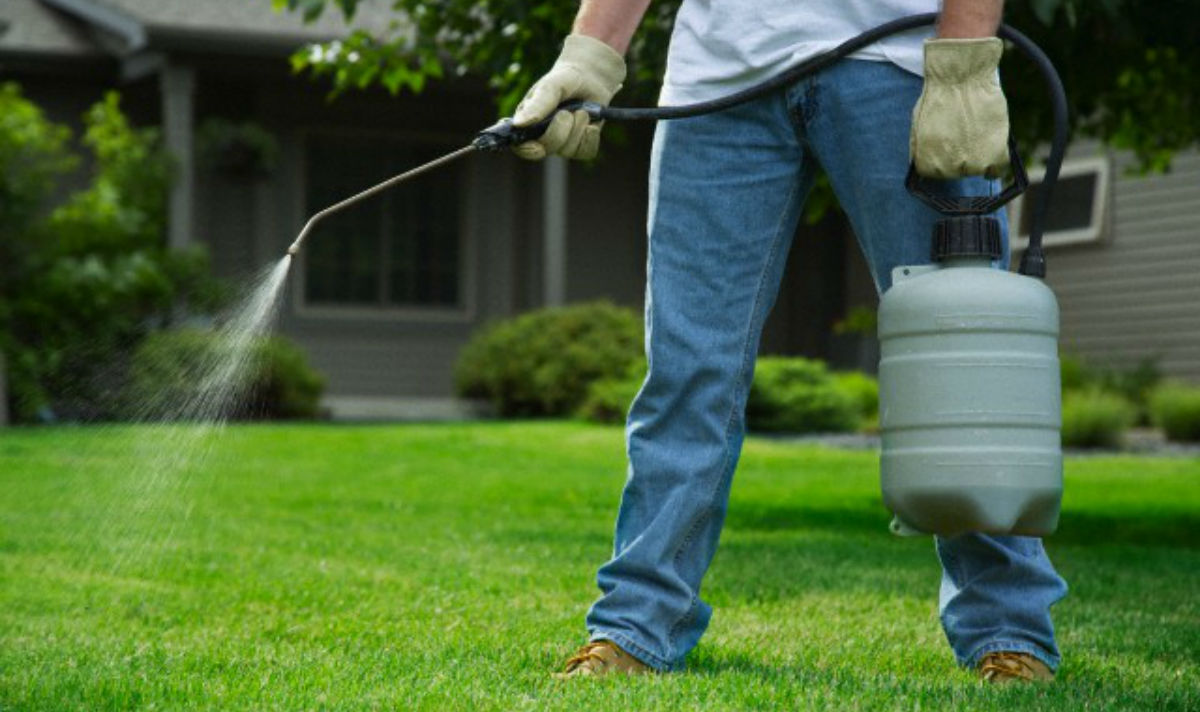
Pests can wreak havoc on our homes, gardens, and health, making effective pest control measures essential. Taking proactive steps to prevent and manage pest infestations is crucial for maintaining a safe and comfortable living environment. In this article, we will discuss the most important steps to follow when controlling pests, helping you safeguard your property and minimize the impact of unwanted intruders.
learn more about شركة رش مبيدات بالرياض
Inspection and Identification:
The first step in pest control is to conduct a thorough inspection of your surroundings. Identify the specific pests causing the problem, as different pests require different control methods. Look for signs such as droppings, damage to property or plants, nests, or live insects. Proper identification will help you develop an appropriate control strategy.
Prevention:
Prevention is key to avoiding pest infestations in the first place. Implement the following preventive measures:
for more please visit شركة مكافحة حشرات بالرياض
a. Seal Entry Points: Inspect and seal any cracks, gaps, or holes in walls, windows, doors, and foundations to prevent pests from entering your property.
b. Proper Sanitation: Maintain cleanliness by regularly cleaning and removing food debris, trash, and standing water. Store food in sealed containers and dispose of garbage properly.
c. Remove Clutter: Eliminate clutter both indoors and outdoors, as it provides hiding places for pests.
d. Landscaping and Vegetation: Trim shrubs and trees away from the house, as they can serve as bridges for pests to access your property.
Non-Chemical Control Methods:
Before resorting to chemical treatments, consider employing non-chemical control methods, which are often more environmentally friendly:
a. Mechanical Traps: Use traps, such as sticky traps or snap traps, to catch and remove pests like rodents or crawling insects.
b. Physical Barriers: Install screens on doors and windows to prevent flying insects from entering. Use mesh or wire fencing to keep larger pests away from gardens or specific areas.
c. Biological Controls: Introduce natural predators or parasites that target specific pests. For example, ladybugs feed on aphids, which can help control aphid populations in gardens.
Chemical Control:
If non-chemical methods prove insufficient, consider chemical control options. When using pesticides, adhere to the following guidelines:
a. Selectivity: Choose pesticides that specifically target the pest you are dealing with, minimizing harm to beneficial insects and the environment.
b. Follow Instructions: Read and follow the label instructions carefully when applying pesticides. Pay attention to application rates, timing, and safety precautions.
c. Proper Storage and Disposal: Store pesticides in their original containers and keep them out of reach of children and pets. Dispose of unused pesticides as directed, following local regulations.
Regular Monitoring and Maintenance:
Pest control is an ongoing process. Regularly monitor your property for signs of pest activity and address any issues promptly. Maintain preventive measures and conduct periodic inspections to catch and address pest problems early.
Conclusion:
Implementing effective pest control measures involves a combination of inspection, prevention, non-chemical and chemical control methods, and regular monitoring. By following these important steps, you can reduce the risk of pest infestations, protect your property, and ensure a safe and comfortable living environment. Remember, early intervention is key, so act promptly at the first sign of pest activity to minimize the impact and potential damage caused by pests.